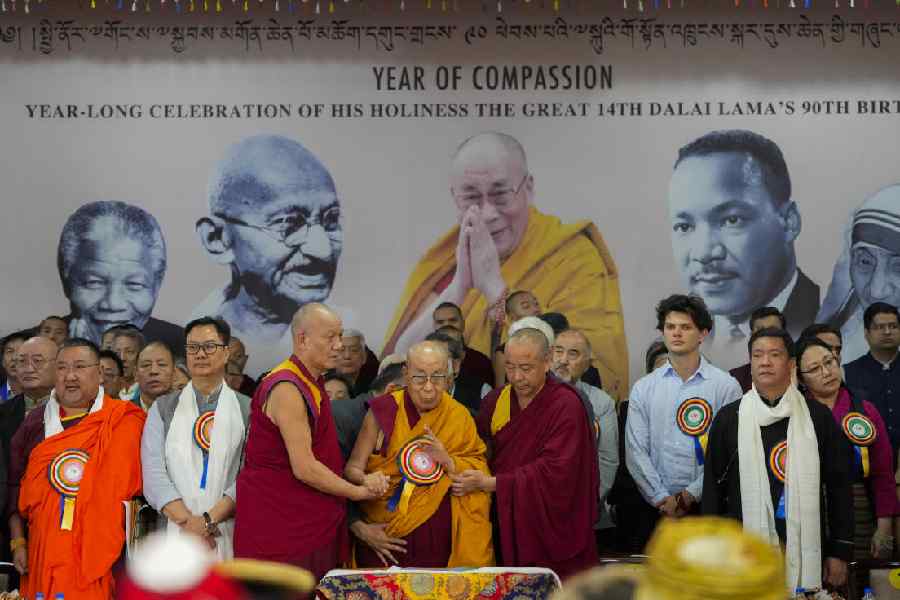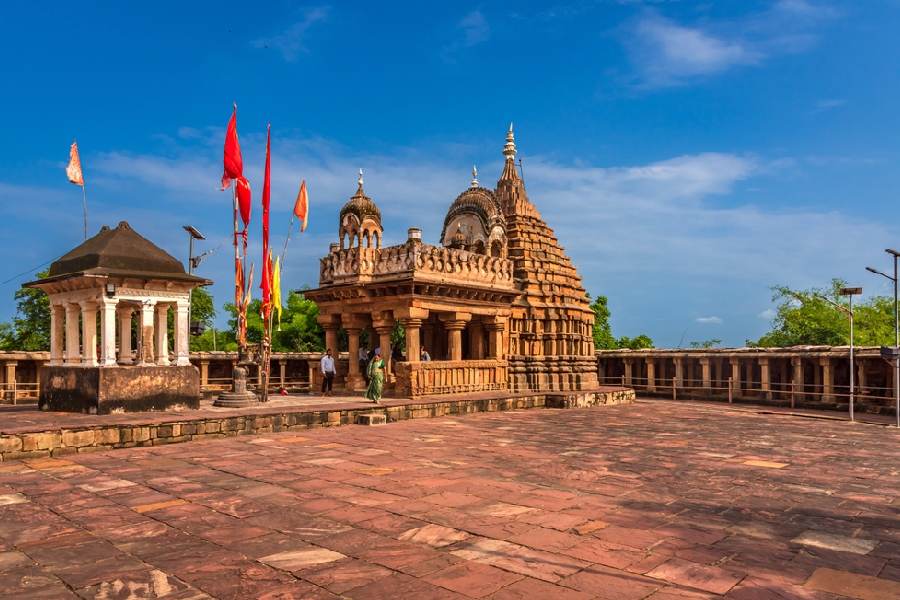Washington, Dec. 9 (Reuters): Natives of the Andaman Islands, once famed for their ferocity and unique appearance, are indeed genetically separate and may be direct descendants of Stone Age settlers, researchers said today.
Analysis of DNA from samples taken in recent times and 100 years ago show the Andaman islanders, which include a group known as the Jarawa, are genetically different from other Asians.
The islanders, who are on the verge of extinction, have a language and culture distinct from other South Asian groups. They physically resemble African Pygmies and were once called “Negritos”.
Their genetic make-up suggests they may be descendants of people who migrated eastward out of Africa during the last Ice Age, which ended 20,000 years ago, the international team of researchers reported in this week’s issue of Current Biology.
Erika Hagelberg of Norway’s University of Oslo, along with colleagues from India, the US and New Zealand, examined DNA samples from three of the four present-day Andamanese groups.
They also found DNA in hair samples collected by Alfred Radcliffe-Brown, a British ethnographer, between 1906 and 1908.
They looked at mitochondrial DNA, which is passed down virtually unchanged from mother to daughter, and the Y chromosomes, which are similarly passed from father to son.
Changes in these two sources of DNA are due to genetic mutation and can be “clocked” based on the known average rate of mutation for each generation. It is an inexact science but often matches other known historical factors.
Hagelberg’s team found evidence that the Andamanese peoples separated from other Asians tens of thousands of years ago.
While more closely related to other Asians than to modern-day Africans, their DNA suggests they may have descended from an earlier group of people who left African and populated Europe and Asia.











